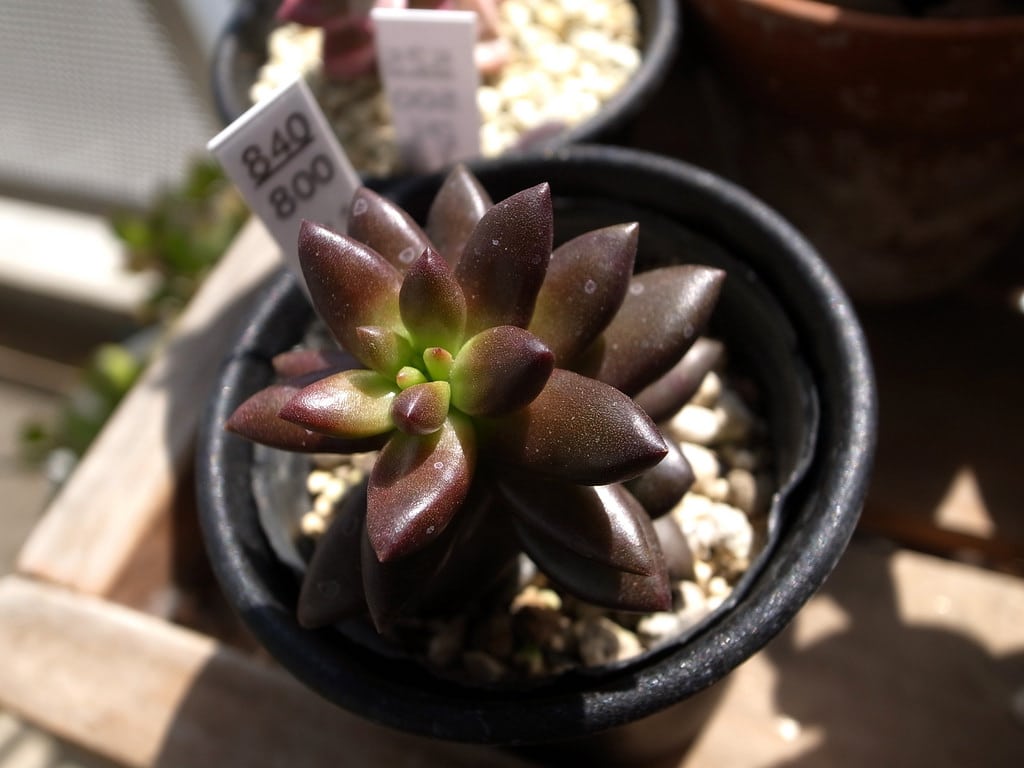Jet Beads Sedeveria: How To Grow A Jet Beads Plant


When it comes to succulent plants, the options are limitless. Whether in need of drought-tolerant groundcover plants or simply looking for an easy-to-care for container plant, succulents are more popular than ever. Coming in a range of colors and sizes, even the smallest plants can add visual interest and appeal to gardens and containers. With their ease of care, succulent plants are ideal gifts for budding gardeners and green-thumbs in training. One such plant, Jet Beads stonecrop, which produces stunning bronze leaves and yellow flowers, is perfect for even the most avid succulent plant collector.
Jet Beads Plant Info
Jet Beads sedeveria is a small, yet beautiful, succulent produced as a hybrid of sedum and echeveria plants. Its diminutive size, reaching only 4 inches (10 cm.) tall at maturity, is perfect for small containers and for summertime outdoor displays in pots. Leaves grow from a single stem, simulating the appearance of beads. When exposed to cooler temperatures, the plant darkens to an almost jet-black color, hence, its name. As with many succulent plants, especially in the echeveria family, this sedeveria requires periods of warm weather to thrive. Due to their intolerance for cold, gardeners without frost-free growing conditions should move plants indoors during winter; the Jet Beads plant cannot tolerate temperatures below 25 degrees F. (-4 C.).
Planting Jet Beads Sedeveria
Planting requirements for sedeveria succulents are minimal, as they are highly adaptable. Like many other sedum plants, this hybrid is able to withstand direct sunlight and periods of drought. When added to containers, make certain to use a well-draining potting mix specifically formulated for use with succulents. Not only will this reduce the risk of root rot, but it will also help promote active succulent growth. These mixes are often available for purchase at local plant nurseries or home improvement stores. Many growers choose to create their own succulent potting mix through a combination of potting soil, perlite, and sand. Like other echeveria and sedum plants, the Jet Beads succulent is easily propagated. This can be done through the removal of offsets produced by the parent plant, as well as by rooting leaves. Propagating succulent plants is not only fun, but a great way to plant new containers at little to no cost.
Sign up for the Gardening Know How newsletter today and receive a free copy of our e-book "How to Grow Delicious Tomatoes".

Tonya Barnett has been gardening for 13 years. Flowers are her passion. She has transformed her backyard into a cut flower garden, which she regularly chronicles on her YouTube channel http://www.youtube.com/@tonyawiththeflowers.